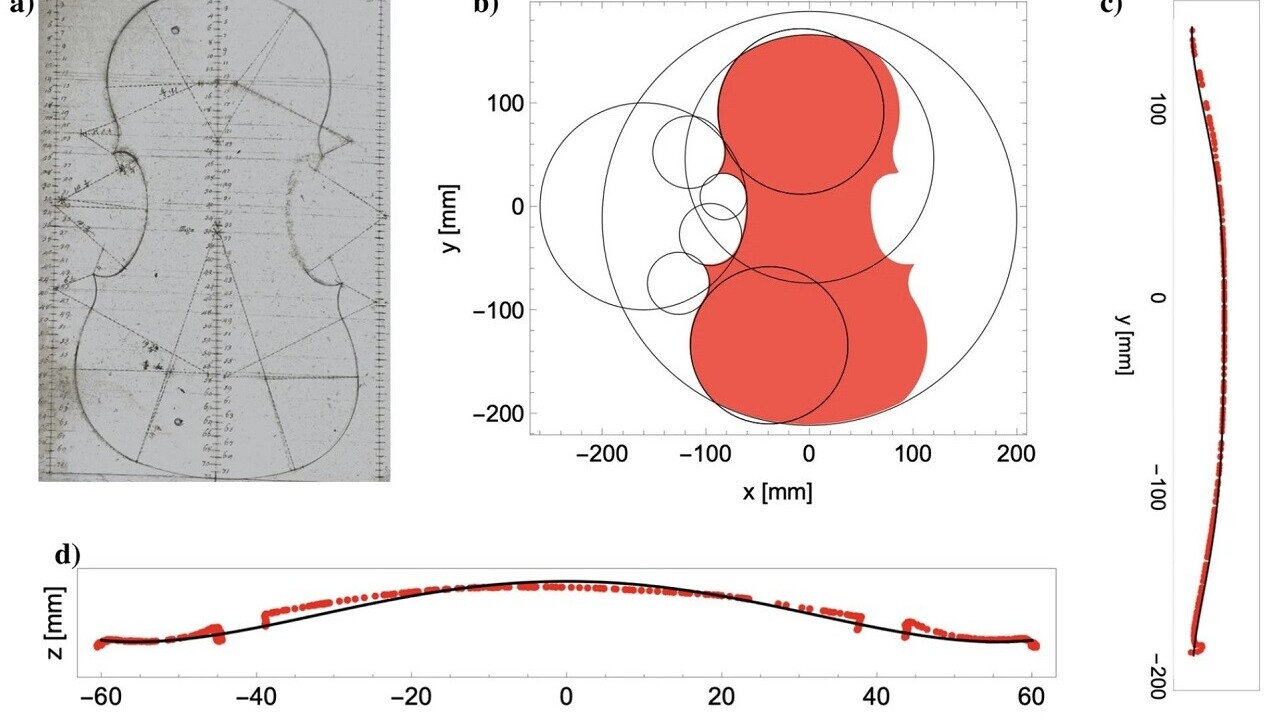
A team of researchers from Politecnico Di Milan have developed an AI system capable of helping master instrument makers determine what an unmade violin might sound like.
Violins have been around since the 16th century and, for those who build and play them, not much has changed.
Modern luthiers tend to apply modest design twists to centuries-old designs because, well, that’s the way it’s done.
Per the team’s research paper:
Of all the characteristics of a violin, those that concern its shape are probably the most important ones, as the violin maker has complete control over them. Contemporary violin making, however, is still based more on tradition than understanding, and a definitive scientific study of the specific relations that exist between shape and vibrational properties is yet to come and sorely missed.
In other words: luthiering is more art than science. While that may sound quaint, a scientific understanding of an instrument’s properties can greatly increase an artist’s ability to conceive, design, implement, and create.
[Read more: This dude drove an EV from the Netherlands to New Zealand — here are his 3 top road trip tips]
The researchers set out to determine what, exactly, causes a violin to sound the way it does. It’s easy enough to reverse-engineer a violin’s sound after you’ve heard it. But what if we could tell what a violin will sound like before it’s even made?
According to the researchers:
The ability to predict how a violin design sounds, can truly be a game changer for violin makers, as not only will it help them do better than the “grand masters”, but it will also help them explore the potential of new designs and materials.

In order to create an AI system capable of determining how a violin will sound based on schematics, the researchers had to develop a neural network to process the measurements and compare them with output sounds.
Once tuned, the network’s accuracy in predicting instrument sounds reached nearly 98%.
Luthiers have experimented for centuries, but trial-and-error is an expensive way to build a violin. Giving would-be instrument makers the ability to determine what their designs will sound like could revolutionize the field and democratize instrument making for those who would otherwise lack the resources to try new things.
Greetings Humanoids! Did you know we have a newsletter all about AI? You can subscribe to it right here.
Get the TNW newsletter
Get the most important tech news in your inbox each week.




